Lambs grazing on pasture after wildfire show no significant adverse effects
Hopland REC turns 2018 River Fire devastation into research opportunity
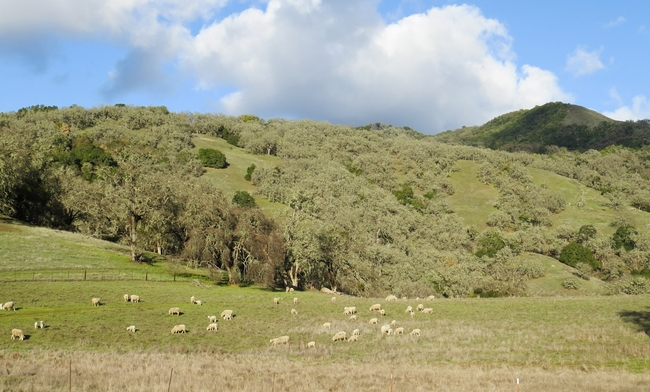
A view of the Hopland Research and Extension Center in October 2018, after the river fire, before the pasture regrowth. Photo by Jennie Lane.
The destructiveness of wildfire flames is easy to see, but dangers can lurk in the ashes they leave behind. A group of UC Davis scientists studied lambs at the UC Hopland Research and Extension Center, investigating whether pushed back pastures after a wildfire caused toxic metal residues in grazing animals . The results, published in the journal California Agriculture, showed that grazing on regrown pasture did not significantly change the metal content of lamb meat and wool. This is good news for farmers and consumers from a food safety perspective.
In 2018, the River Fire burned six miles north of Hopland, burning two-thirds of Hopland REC's land, including areas of its sheep station. Since Hopland REC conducts ecological and agricultural research, they had data and meat samples from the flock of sheep that lived there before the river fire.
“A group of researchers came together to think about how we might take advantage of this unfortunate event,” said Sarah Depenbrock, assistant professor and agronomist in the Department of Medicine and Epidemiology at UC Davis. School of Veterinary Medicine.
Burning has played a role in agricultural processes for many years, but the California wildfires are creating a new fire landscape that interests researchers like Depenbrock. “The problem now is that these large wildfires are likely interacting with farmland differently than routine prescribed burns,” she said.
Large, older plants on land that has not recently burned can contain high concentrations of metals, sequestered over years of growth. Mercury is an example of a potentially dangerous metal that can be sequestered in living things over time. These metals can be distributed as ash after vegetation burns. So the scientists looked at lambs that had grazed on the recently burned pastures of Hopland REC, when the plants first sprouted.
Uncertain results raise more questions
Researchers compared meat from lambs that grazed on regrown pasture in 2019, after the river fire, to samples of frozen meat that had been collected the year before the fire. Lead, mercury, arsenic, molybdenum, cadmium, beryllium, cobalt and nickel were not detected in any animal samples. However, a few samples (3 out of 26) tested positive for non-essential chromium and thallium (potentially toxic heavy metals) in the group grazing after the fire.
Due to the small number of samples testing positive, researchers could not statistically determine whether this contamination was associated with grazing of burn regrowth. The concentrations of chromium and thallium found may or may not be potentially toxic, depending on the specific forms and amount of meat a person consumes.
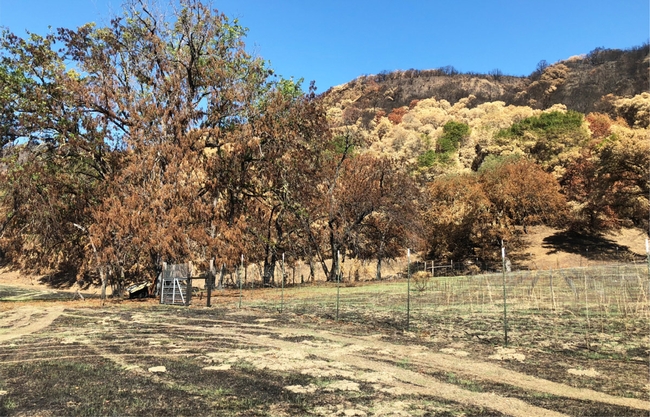
A view of the Hopland Research and Extension Center in October 2018, after the river fire, before the pasture regrowth. Photo by Jennie Lane.
Another aspect of the study involved testing lamb's wool to see if it was a good method for judging the mineral content of its meat. "In general, we learned that it did not correlate well with most metal contents of the meat of interest, which is worth knowing. However, because we did not identify many non-essential metals of particular toxicological concern, such as lead or mercury, in animal samples, we could not determine whether the wool test would be useful for these metals, as they are in other species,” Depenbrock said. She also notes that wool from animals whose meat tested positive for chromium and thallium did not test positive for these metals in their wool.
While the challenges of managing forest fires persist, the risk of food contamination from livestock grazing also increases.
"We haven't got any compelling evidence that tells us, when there's a fi...
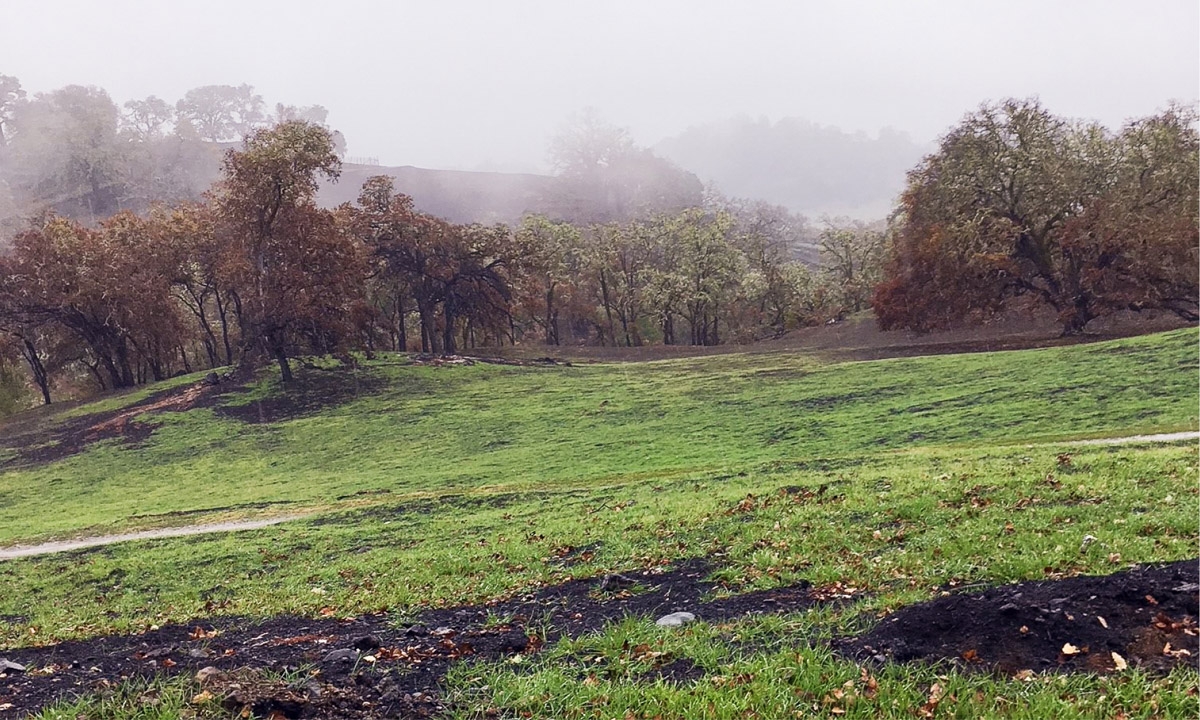

A view of the Hopland Research and Extension Center in October 2018, after the river fire, before the pasture regrowth. Photo by Jennie Lane.
The destructiveness of wildfire flames is easy to see, but dangers can lurk in the ashes they leave behind. A group of UC Davis scientists studied lambs at the UC Hopland Research and Extension Center, investigating whether pushed back pastures after a wildfire caused toxic metal residues in grazing animals . The results, published in the journal California Agriculture, showed that grazing on regrown pasture did not significantly change the metal content of lamb meat and wool. This is good news for farmers and consumers from a food safety perspective.
In 2018, the River Fire burned six miles north of Hopland, burning two-thirds of Hopland REC's land, including areas of its sheep station. Since Hopland REC conducts ecological and agricultural research, they had data and meat samples from the flock of sheep that lived there before the river fire.
“A group of researchers came together to think about how we might take advantage of this unfortunate event,” said Sarah Depenbrock, assistant professor and agronomist in the Department of Medicine and Epidemiology at UC Davis. School of Veterinary Medicine.
Burning has played a role in agricultural processes for many years, but the California wildfires are creating a new fire landscape that interests researchers like Depenbrock. “The problem now is that these large wildfires are likely interacting with farmland differently than routine prescribed burns,” she said.
Large, older plants on land that has not recently burned can contain high concentrations of metals, sequestered over years of growth. Mercury is an example of a potentially dangerous metal that can be sequestered in living things over time. These metals can be distributed as ash after vegetation burns. So the scientists looked at lambs that had grazed on the recently burned pastures of Hopland REC, when the plants first sprouted.
Uncertain results raise more questions
Researchers compared meat from lambs that grazed on regrown pasture in 2019, after the river fire, to samples of frozen meat that had been collected the year before the fire. Lead, mercury, arsenic, molybdenum, cadmium, beryllium, cobalt and nickel were not detected in any animal samples. However, a few samples (3 out of 26) tested positive for non-essential chromium and thallium (potentially toxic heavy metals) in the group grazing after the fire.
Due to the small number of samples testing positive, researchers could not statistically determine whether this contamination was associated with grazing of burn regrowth. The concentrations of chromium and thallium found may or may not be potentially toxic, depending on the specific forms and amount of meat a person consumes.

A view of the Hopland Research and Extension Center in October 2018, after the river fire, before the pasture regrowth. Photo by Jennie Lane.
Another aspect of the study involved testing lamb's wool to see if it was a good method for judging the mineral content of its meat. "In general, we learned that it did not correlate well with most metal contents of the meat of interest, which is worth knowing. However, because we did not identify many non-essential metals of particular toxicological concern, such as lead or mercury, in animal samples, we could not determine whether the wool test would be useful for these metals, as they are in other species,” Depenbrock said. She also notes that wool from animals whose meat tested positive for chromium and thallium did not test positive for these metals in their wool.
While the challenges of managing forest fires persist, the risk of food contamination from livestock grazing also increases.
"We haven't got any compelling evidence that tells us, when there's a fi...
What's Your Reaction?









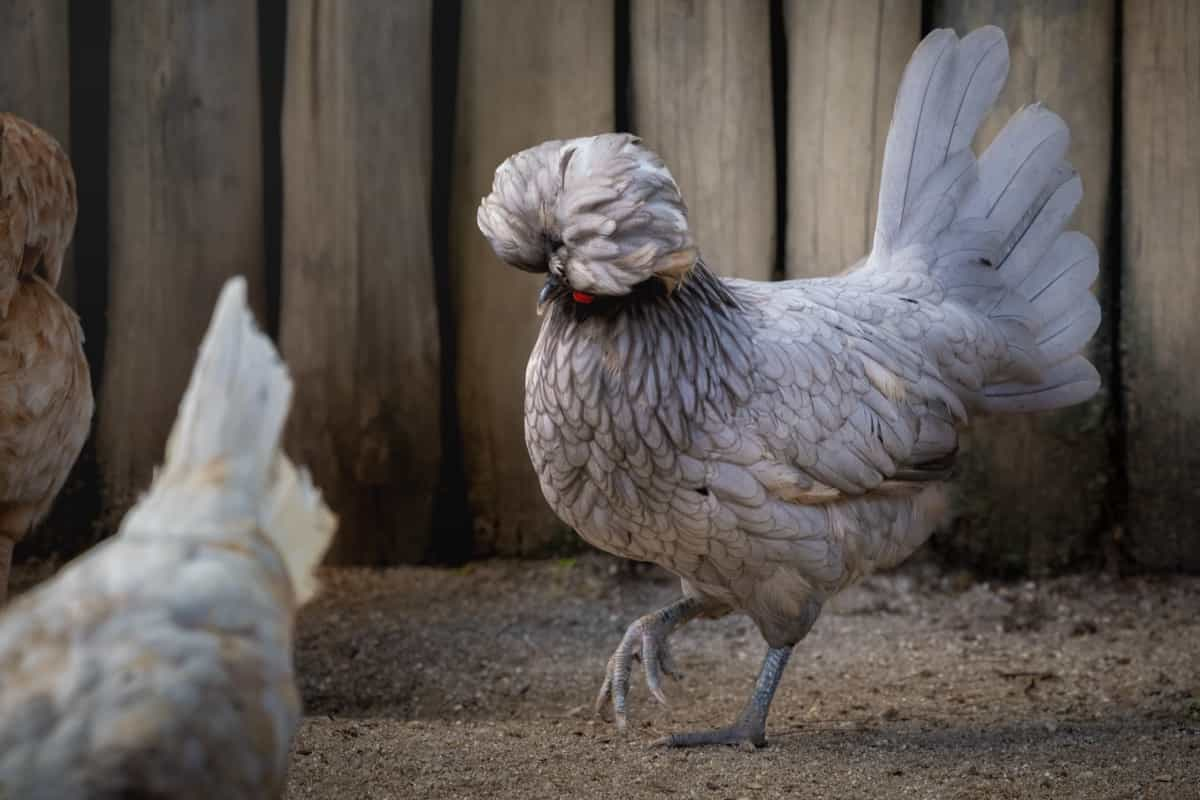
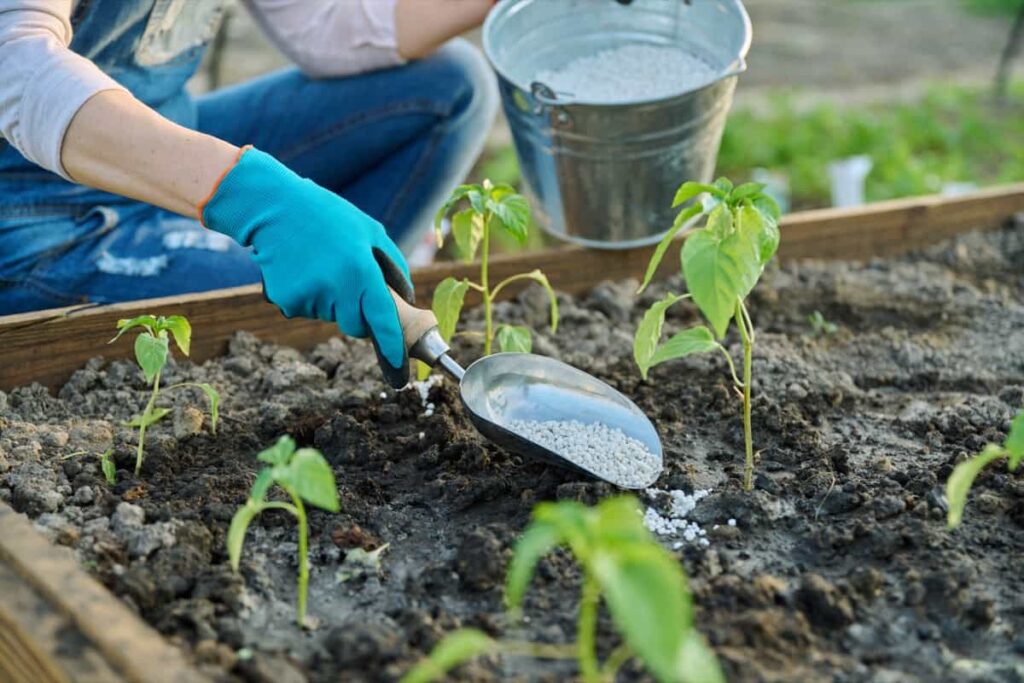



![Three of ID's top PR executives quit ad firm Powerhouse [EXCLUSIVE]](https://variety.com/wp-content/uploads/2023/02/ID-PR-Logo.jpg?#)







